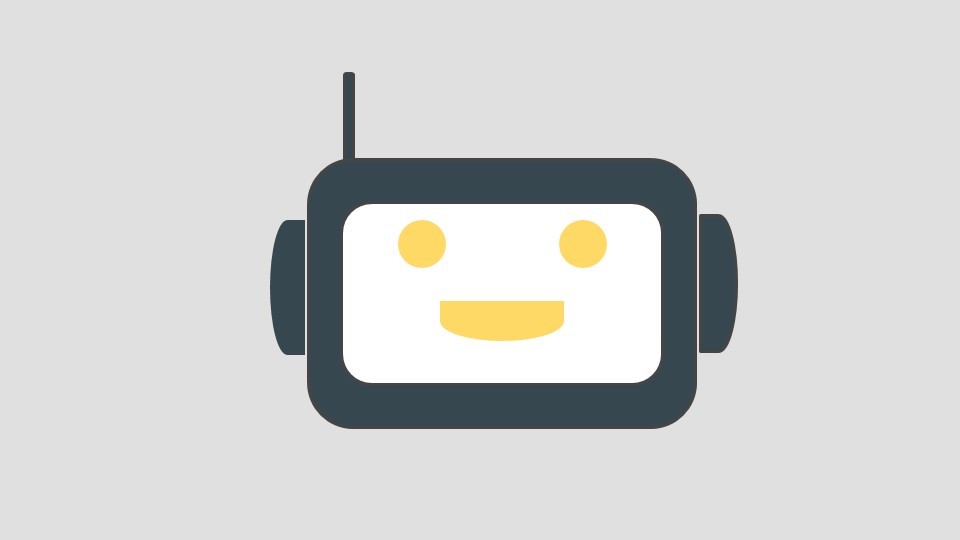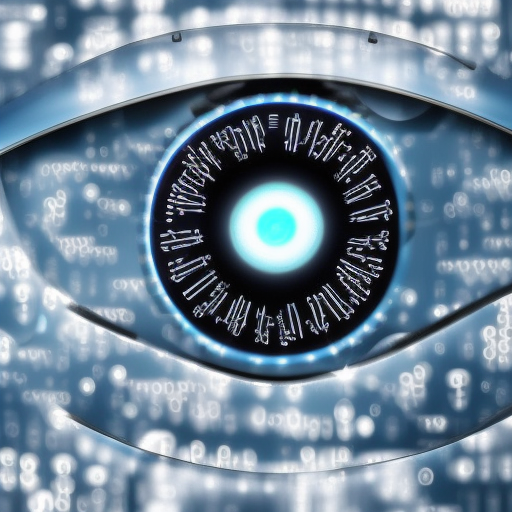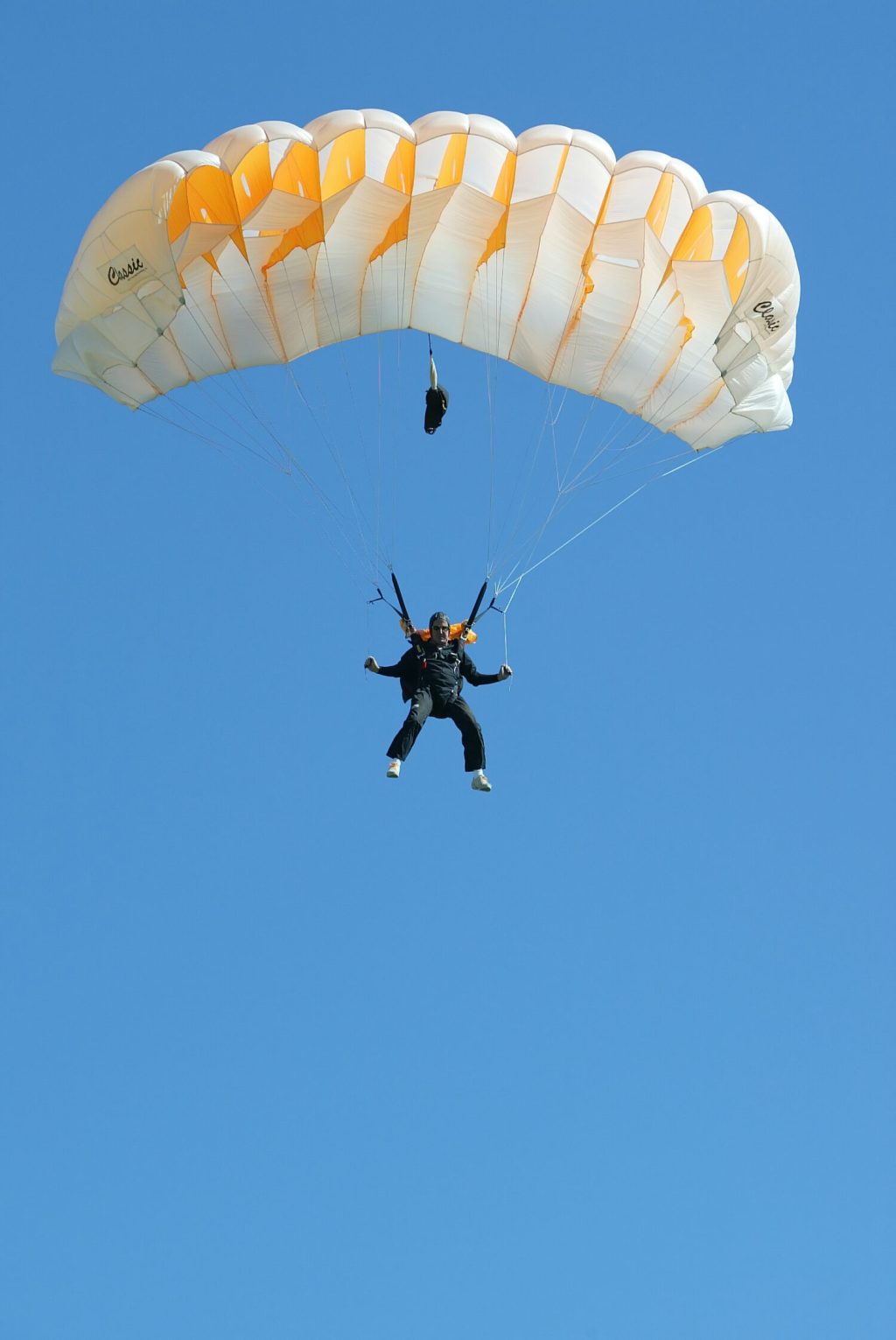
On our journey to becoming more perfectly linked to available digital assets, we will create new methods to discover them. I believe that one way we will be able to find stills as well as digital videos will be based on exploiting computer generated metadata. This new method will support the creative process by better plugging into the current ways content is produced.
Li, Snoek, Worring, Koelma, and Smeulders (2013 ) wrote about their project that relied on computer analysis of videos to construct a framework of visual ‘points’. Once these data are matched to similar models that represent known objects, such as an orange, keywords are automatically tagged to the original digital object. Other innovators have found ways to link concepts once thought to be disparate to the original digital asset. One such example is the Tate’s ArtMaps project, which allows museum visitors to produce and add their own video, audio, and geotags to museum objects. Reverse image searching, such as the one TinEye offers, takes a novel approach to aggregating images that are visually identical to the one you submitted.
The next logical step in the evolution of image and video retrieval, I believe, will include using digital visual sources to find other, related, digital assets. Perhaps I should explain; we will be able to conduct searches using pictures we take, sketches we draw, and video we shoot. Using some of the same principles as the above-mentioned projects, it isn’t a huge leap of faith to imagine snapping a photo of a conference attendee who you’ve just met (with their permission of course!) and finding their LinkedIn profile. Additionally, creative directors may find inspirational videos or images online (or create these in the course of their daily lives) which they want to connect with existing assets in their company’s databank. By automatically analysing submitted content, a retrieval system would match it to similar digital assets that have already been produced and who’s rights information are documented.
My idea does seem far-fetched now, but so did many of the other technologies being rolled out today. What new ways of discovering digital assets do you think we will use in the future?
<
p style=”text-align: left;”>




Leave a comment